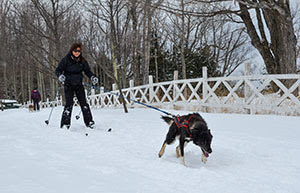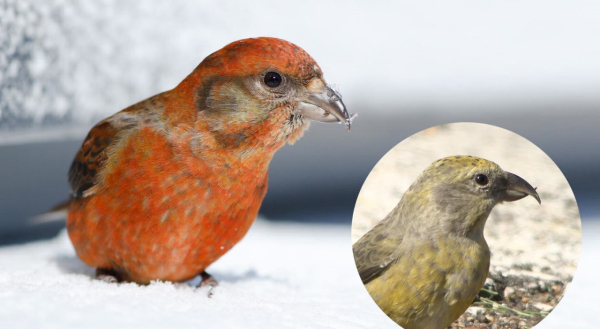Boone and Crockett Club Launches Poach & Pay Research
MISSOULA, Mont. – During the annual meeting of the National Assembly of Sportsmen’s Caucuses (NASC), the Boone and Crockett Club announced its plans to lead a long-term Poach & Pay anti-poaching campaign. Through Poach & Pay, the Club will work with state wildlife agencies, legislators, and the judicial system to improve the detection and conviction of poachers and to ensure that the fines being assessed for this illegal killing are in line with the value our society places on wildlife. Poach & Pay, which received initial financial support through the Bass Pro Shops and Cabela’s Outdoor Fund, will include detailed research, a public outreach campaign to actively engage the sportsmen’s community against poaching, and the development of template legislation that could be carried in state houses to help state agencies fight wildlife crime. The Club also announced that it is actively seeking additional sponsorship from the outdoor industry and other organizations to help fund Poach & Pay research and outreach in the coming years.
“Poaching goes against all that we hold sacred as law-abiding sportsmen and women and undermines the entire foundation of the North American Model of Wildlife Conservation. However, the media often uses the terms hunting and poaching interchangeably, dragging all hunters down with the crimes of poachers,” noted Boone and Crockett Club president, Timothy C. Brady. “In addition, with little consistency among states in terms of fines and restitution, poachers often get away with little penalty. This emboldens them and other poachers to steal our public trust resources – and potentially the future of hunting.” Read more









